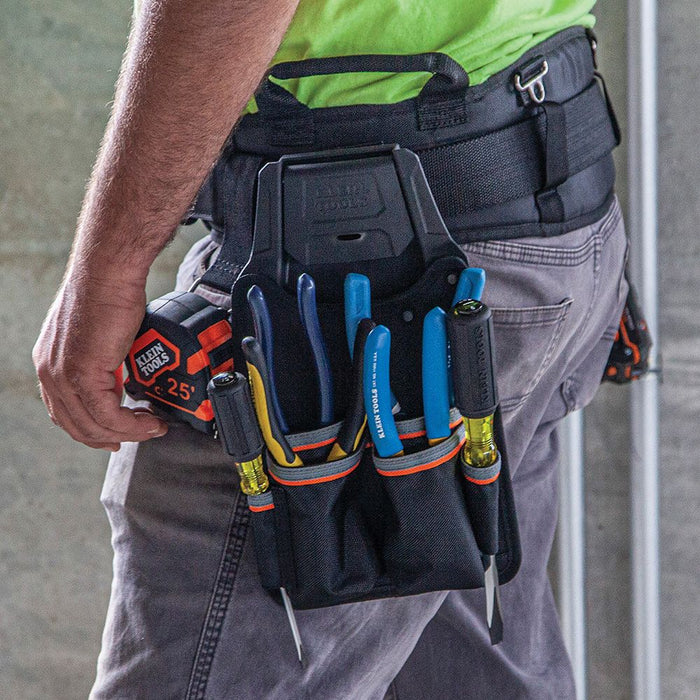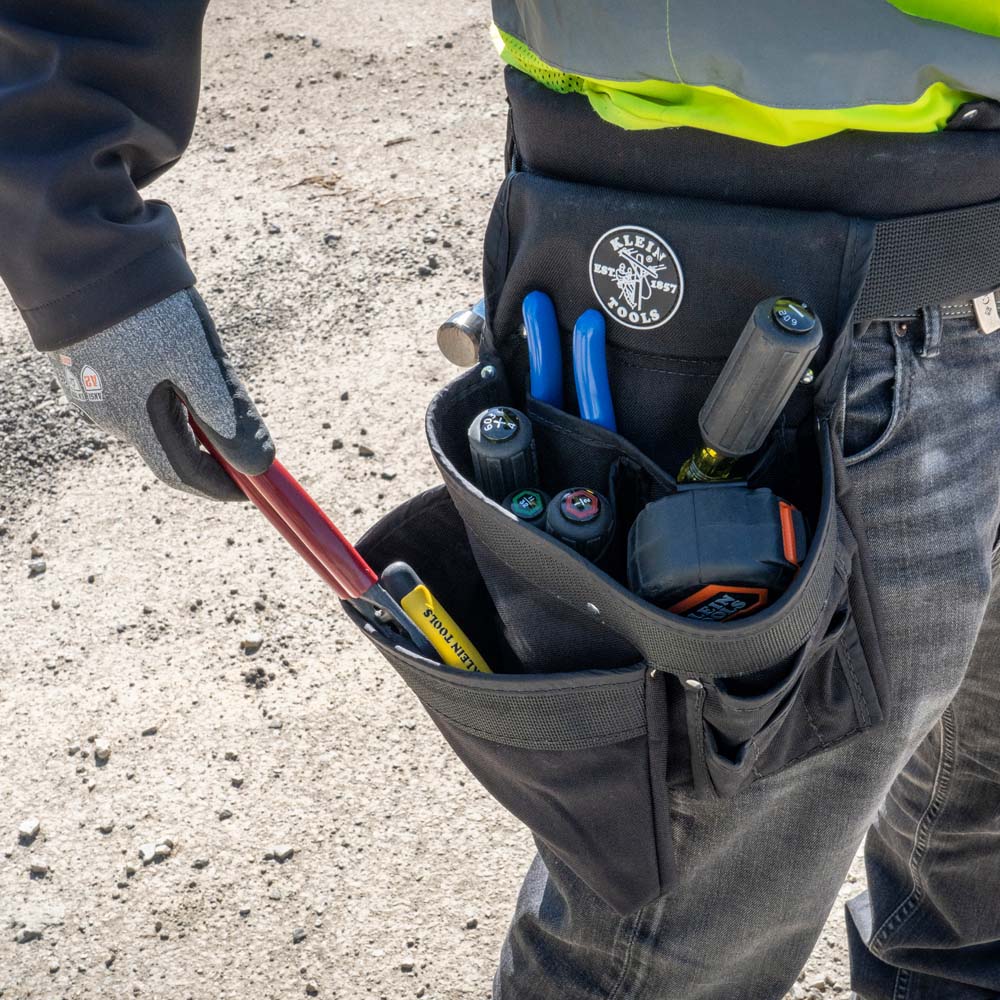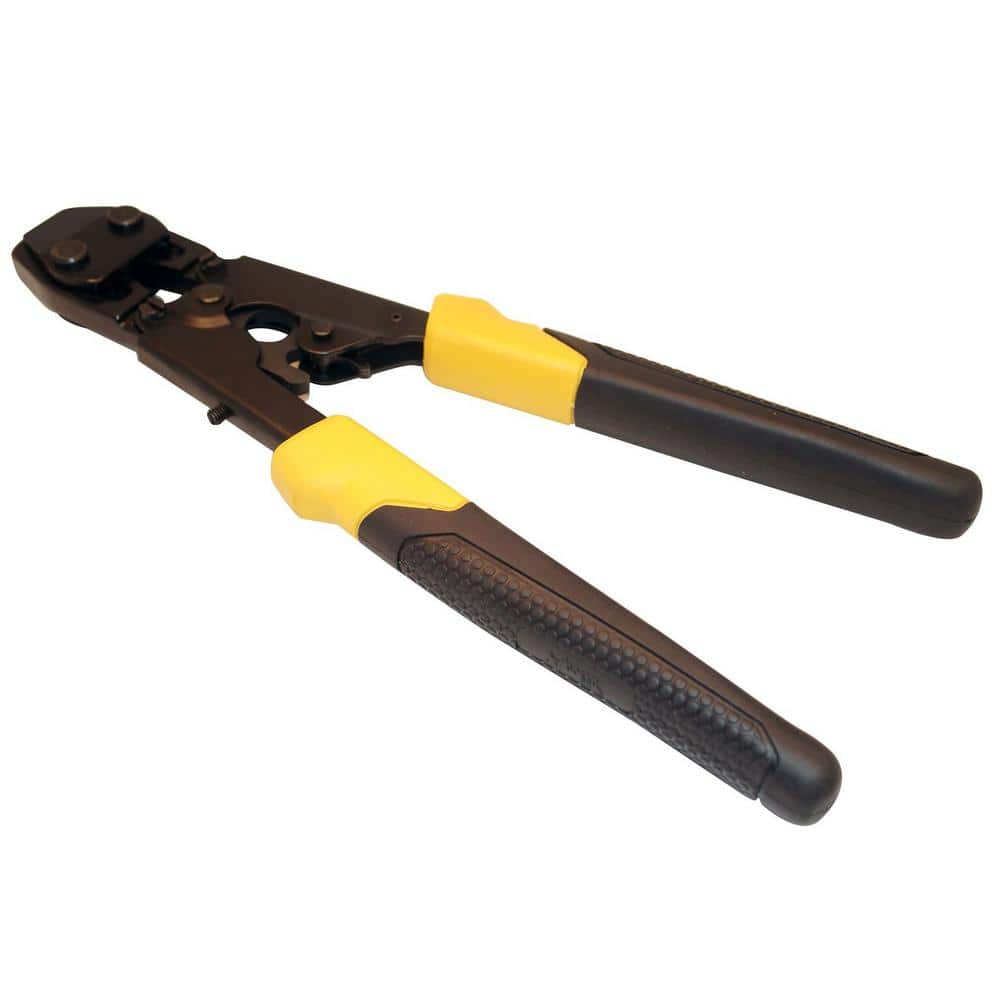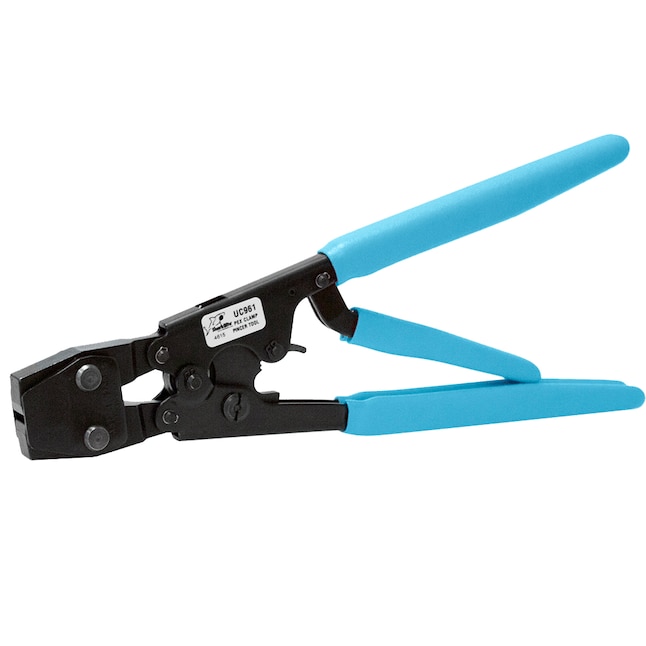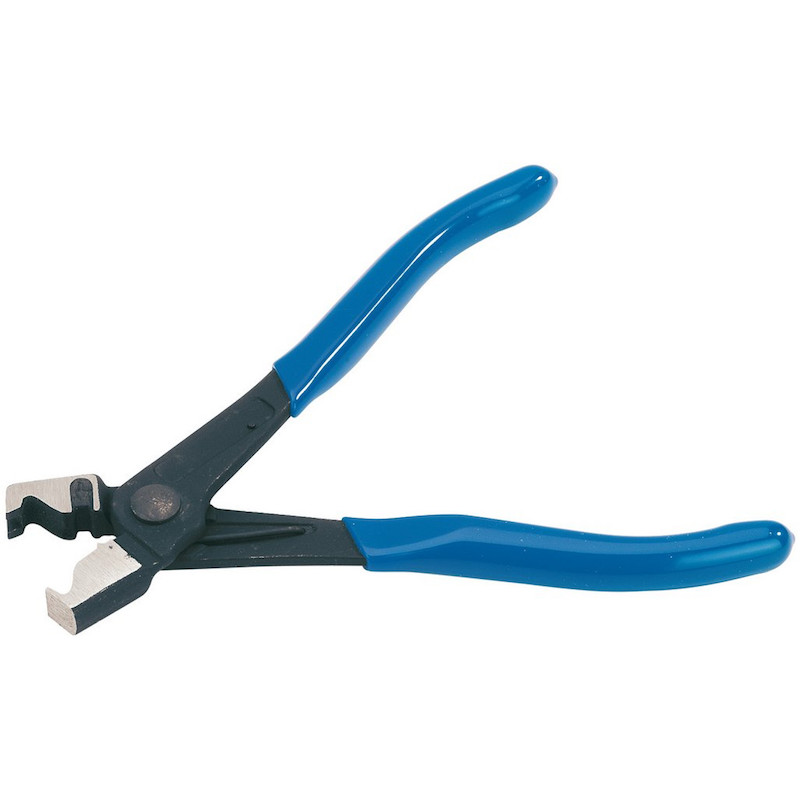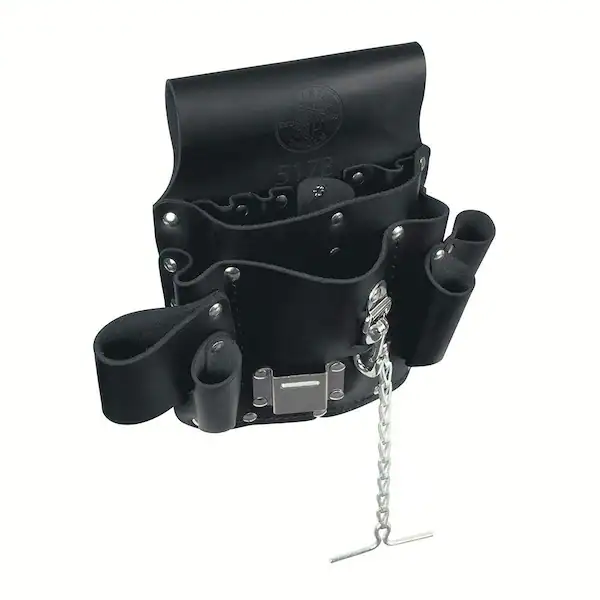
Klein Tool Pouch: The Ultimate Professional’s Companion
Introduction
As a professional tradesperson, having the right tools readily accessible is crucial to getting the job done efficiently and effectively. One of the most important accessories in any tradesperson’s arsenal is a reliable tool pouch. Klein Tools has been a trusted name in the industry for over 160 years, known for creating high-quality, durable, and functional tool pouches designed to meet the rigorous demands of tradespeople. In this comprehensive guide, we’ll explore the various features, benefits, and uses of Klein tool pouches, as well as provide insights on how to choose the right one for your specific needs.
Klein Tools has been a leading manufacturer and distributor of quality hand tools and accessories since 1857. Their reputation for durability, reliability, and innovation has made them a trusted choice for professional tradespeople, and their tool pouches are no exception.
Klein tool pouches provide convenient and secure storage for a wide variety of tools and accessories. They are constructed with durable materials such as leather, nylon, and canvas to withstand the rigors of daily use on the job site. The pouches with heavy-duty stitching and rivets can ensure long-lasting performance.
Part 1: The Benefits of Using Klein Tool Pouches
One of the most popular options from Klein Tools is the Leather Pouch and Belt System. This system includes a variety of pouches and holders that can be easily attached to a belt, providing quick and easy access to the tools you need. The leather construction of these pouches adds a professional and classic look, while also offering superior durability and protection for your tools.
Klein also offers a range of nylon and canvas tool pouches that are lightweight, water-resistant, and ideal for working in harsh environments. These pouches feature multiple pockets, loops, and holders to keep your tools organized and secure.
Level 1: Durability and Reliability
Klein Tools has established a reputation for producing durable and reliable tool pouches that can withstand the toughest working conditions. Constructed from high-quality materials such as ballistic nylon, canvas, and leather, Klein pouches are built to last, ensuring that your tools remain secure and protected.
Level 2: Comfort and Convenience
In addition to durability, Klein tool pouches are designed for maximum comfort and convenience. Many feature padded waist belts, adjustable straps, and ergonomic designs that distribute weight evenly, reducing strain and fatigue during extended periods of wear. Multiple pockets and compartments also provide easy access to tools, keeping them organized and within reach at all times.
Part 2: Types of Klein Tool Pouches
The Klein tool pouch can ensure longevity and resistance to wear and tear in various work environments. The pouch typically features multiple pockets and slots for various tools like pliers, screwdrivers, wire strippers, and more, allowing easy access and organization. Some models also include a metal clip for attaching to a belt, providing easy mobility and accessibility while on the job. The Klein tool pouch is a trusted and essential accessory for anyone working with hand tools on a regular basis.
Level 1: Electrician’s Tool Pouch
Designed specifically for electricians, this type of pouch features specialized pockets and loops for storing electrical tools, such as wire strippers, pliers, and screwdrivers. Some models may also include built-in tape measure holders and hammer loops for added versatility.
Level 2: Tradesman Pro Tool Pouch
The Tradesman Pro series offers a range of tool pouches suitable for a variety of trades, including HVAC technicians, plumbers, and general contractors. These pouches are equipped with multiple pockets, tool loops, and a durable construction to accommodate the unique needs of each trade.
Part 3: Features to Consider When Choosing a Klein Tool Pouch
Level 1: Size and Capacity
When selecting a Klein tool pouch, consider the size and capacity needed to accommodate your specific set of tools. Pouches come in various sizes, from compact options for light-duty tasks to larger models capable of holding an extensive array of tools.
Level 2: Material and Construction
The material and construction of a tool pouch play a significant role in its durability and longevity. Look for pouches made from heavy-duty materials such as ballistic nylon or leather, and reinforced stitching to ensure they can withstand daily wear and tear.
Part 4: Tips for Maintaining and Caring for Your Klein Tool Pouch
Level 1: Regular Cleaning and Inspection
To prolong the life of your tool pouch, it’s important to regularly clean and inspect it for any signs of damage. Wipe down the pouch with a damp cloth to remove dirt and debris, and check for any loose or fraying seams that may need repair.
Level 2: Proper Storage
When not in use, store your Klein tool pouch in a dry, cool area to prevent damage from moisture and extreme temperatures. Avoid overloading the pouch with excessive weight, as this can cause strain on the seams and fabric over time.
Part 5: The Versatility and Utility of Klein Tool Pouches
Level 1: On-The-Job Organization
A Klein tool pouch provides a convenient and efficient way to keep your tools organized and easily accessible while on the job. With designated pockets and loops for specific tools, you can quickly locate and retrieve what you need without wasting time searching through a cluttered toolbox.
Level 2: Hands-Free Portability
Using a tool pouch allows you to keep your essential tools close at hand while keeping your hands free to perform tasks safely and efficiently. Whether working on a ladder, in a crawl space, or in tight quarters, a tool pouch provides the freedom of movement necessary to get the job done.
Part 6: Features and Benefits of Klein Tool Pouch
Some of the features and benefits of the Klein tool pouch include:
- Multiple pockets and compartments for organization
- Durable materials and construction for long-lasting use
- Adjustable belt for comfortable and secure fit
- Hammer loop for easy access to essential tools
- Made by a trusted and reputable brand in the industry
Part 7: How to Choose the Right Klein Tool Pouch
When choosing the right Klein tool pouch, consider the following factors:
- Size and number of pockets needed for your specific tools
- Material and construction for durability and reliability
- Comfort and fit, including an adjustable belt or harness system
- Brand reputation and customer reviews for quality and performance
Part 8: Maintenance and Care of Klein Tool Pouch
To keep your Klein tool pouch in good condition, follow these maintenance tips:
- Clean the pouch regularly to remove dirt and debris
- Check for any signs of wear or damage and repair as needed
- Store the pouch in a dry and safe place when not in use
- Avoid overloading the pouch with too many tools, which can cause strain on the seams and material.
Conclusion
Klein Tools also offers specialized options such as the Tradesman Pro Modular Pouch System. This system allows you to customize your tool pouch setup by attaching. And organizing different pouches and holders according to your specific needs.
The company’s commitment to quality and innovation ensures that their tool pouches are reliable, durable, and versatile. Making them an essential accessory for any professional tradesperson. Whether you need a compact and lightweight pouch for quick tasks or a comprehensive system for heavy-duty use. Klein Tools has a solution to meet your needs.
Investing in a quality tool pouch is an essential consideration for any professional tradesperson. Klein Tools offers a diverse selection of pouches designed to meet the specific needs of various trades, providing durable, reliable, and convenient storage solutions for essential tools. By understanding the benefits, types, features, maintenance tips, and versatility of Klein tool pouches, you can make an informed decision on selecting the right pouch to enhance your productivity and efficiency on the job.
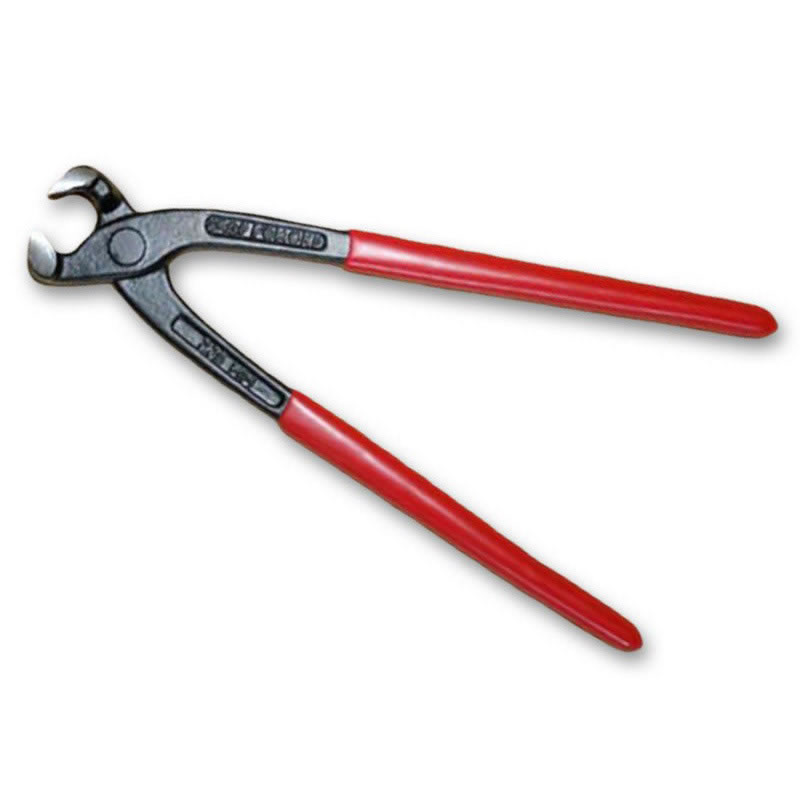
Unleashing Versatility: Clamp Tool in Woodworking and Beyond
Introduction
Clamp tools are indispensable devices in woodworking and various other applications, providing essential support, stability, and precision in a wide range of tasks. From securing workpieces during cutting and assembly to facilitating intricate gluing and clamping operations, these tools are fundamental to achieving professional-quality results. In this comprehensive guide, we will explore the diverse types, applications, and essential features of clamp tool, illuminating their vital role in woodworking and beyond.
Part 1: Understanding the Fundamental Functions of Clamp Tools
Level 1: The pivotal role of clamp tools in woodworking and other applications.
Clamp tools serve as vital components in woodworking and various disciplines, providing essential clamping force to hold workpieces firmly in place during cutting, shaping, gluing, and assembly operations. They offer stability, precision, and control, ensuring accurate and secure work across a multitude of tasks.
Level 2: Exploring the diverse applications of clamp tools in woodworking and related trades.
From edge gluing and panel assembly to securing jigs and fixtures, clamp tools find application in a broad spectrum of woodworking tasks. In addition to woodworking, they are indispensable in metalworking, welding, automotive repairs, and DIY projects, demonstrating their versatility and utility across various industries and hobbies.
Part 2: Types and Varieties of Clamp Tools
Level 1: An overview of the different types and styles of clamp tools available.
Clamp tools come in a variety of styles, including bar clamps, pipe clamps, C-clamps, quick-release clamps, spring clamps, and parallel clamps, each tailored to specific applications and workpiece requirements. Understanding the features and capabilities of each type is essential for selecting the right tool for the task at hand.
Level 2: Delving into the unique features and advantages of specific clamp tool varieties.
Each type of clamp tool offers distinct features and benefits, such as extended reach, deep clamping capacity, rapid adjustment mechanisms, and specialized jaw designs, tailored to accommodate specific workpiece dimensions, materials, and project requirements. Familiarity with the attributes of each type empowers users to make informed choices for their clamping needs.
Part 3: Essential Considerations for Selecting Clamp Tools
Level 1: Key factors to consider when choosing clamp tools for woodworking and other applications.
Critical considerations such as clamping force, throat depth, jaw capacity, and construction materials impact the selection of clamp tools. Understanding the specific demands of a project, such as workpiece size, material composition, and the required level of clamping pressure, ensures the appropriate tool is chosen for optimal results.
Level 2: Assessing the features and qualities that define high-quality clamp tools.
When evaluating clamp tools, factors such as durability, stability, ease of use, and precision are paramount. High-quality clamp tools are characterized by robust construction, reliable clamping mechanisms, ergonomic handles, and a smooth, secure operation that instills confidence and facilitates efficient workflow.
Part 4: Techniques and Best Practices for Using Clamp Tools
Level 1: Key techniques for employing clamp tools effectively in woodworking and related activities.
Mastering fundamental techniques such as evenly distributed clamping pressure, proper alignment, and strategic placement of clamps ensures workpiece stability and minimizes the risk of warping, with precision and care being critical for successful outcomes, particularly in glue-ups and demanding joinery tasks.
Level 2: Best practices for optimizing the functionality and performance of clamp tools.
Adhering to best practices, including selecting the appropriate clamp type, applying consistent pressure, and addressing potential clamping interferences or slippage, enhances the effectiveness of clamp tools. Understanding the limitations and capacities of different clamps enables users to maximize their utility and achieve professional-grade results.
Part 5: Maintaining and Caring for Clamp Tools
Level 1: The importance of regular maintenance and care for prolonging the lifespan of clamp tools.
Proper maintenance, including routine cleaning, lubrication of moving parts, and periodic inspections for wear or damage, preserves the functionality and longevity of clamp tools, ensuring they remain reliable and efficient across various projects and applications.
Level 2: Tips for prolonging the life and performance of clamp tools through appropriate care.
Implementing preventive measures, such as storing clamps in a dry environment, examining components for signs of wear, and addressing issues promptly, safeguards the integrity and performance of clamp tools, reducing the risk of malfunction and maintaining their effectiveness over time.
Part 6: Advanced Applications of Clamp Tools
Level 1: Exploring specialized applications and advanced uses of clamp tools in woodworking and beyond.
Clamp tools find advanced applications in intricate woodworking projects, such as luthiery, cabinetry, and furniture making, where precision, stability, and controlled pressure are critical. In addition, they are invaluable in complex metalworking tasks, including welding, fabrication, and specialized machining operations. Understanding these advanced uses expands the scope of clamp tool applications in diverse industries.
Level 2: Showcasing innovative clamp tool adaptations for unique tasks and specialized projects.
Innovations such as corner clamps, edge clamps, and customized fixtures expand the versatility of clamp tools, enabling users to address unique workpiece shapes, angles, and dimensions. Their adaptability facilitates complex joinery, frame construction, and specialized assemblies, enhancing the capabilities of clamp tools in addressing challenging projects with precision and efficiency.
Part 7: Safety Considerations and Ergonomics in Using Clamp Tools
Level 1: Prioritizing safety measures and ergonomic considerations when employing clamp tools in various applications.
Adhering to safety guidelines, including wearing appropriate personal protective equipment and ensuring a clutter-free work area, is essential when using clamp tools. Additionally, ergonomic considerations such as maintaining proper posture, leveraging aids for heavy clamping tasks, and employing clamps with comfortable handles promote user safety and well-being.
Level 2: Implementing safety protocols and ergonomic practices for optimizing the user experience with clamp tools.
Standardizing safe work practices, such as identifying load capacities, leveraging assistive equipment for heavy clamping operations, and taking regular breaks to prevent strain or fatigue, fosters a secure and ergonomic working environment. Prioritizing safety and ergonomics in clamp tool usage promotes a healthy and efficient workflow while minimizing the risk of injuries or strain.
Part 8: Advancements and Innovations in Clamp Tool Technology
Level 1: Surveying modern advancements and technological innovations in clamp tool design and functionality.
Technological advancements have led to the development of innovative clamp tools featuring intuitive mechanisms, enhanced clamping force, and integrated adjustability. Advanced materials, such as lightweight alloys and durable polymers, contribute to the evolution of clamp tool technology, improving handling, performance, and durability across a broad spectrum of applications.
Level 2: Showcasing cutting-edge clamp tools and emerging trends in the industry.
The incorporation of advanced materials, smart clamping mechanisms, and precision engineering characterizes the latest trends in clamp tool design. Digital calipers, automatic clamping systems, and smart clamping technologies represent future-oriented developments, signaling the continuous evolution and adaptation of clamp tools in response to industry demands and technological progress.
Collaborative advancements in clamp tool technology, including digital integration and IoT capabilities, are revolutionizing industrial applications. Smart clamping solutions offer real-time monitoring and remote control, enhancing efficiency and precision. Furthermore, sustainable materials and eco-friendly practices are shaping the future of clamp tool manufacturing, prioritizing environmental responsibility.
Conclusion
Clamp tool is indispensable asset in woodworking, metalworking, fabrication, and a myriad of do-it-yourself and professional tasks, providing essential support, stability, and precision. Their diverse types, applications, and pivotal role in achieving quality outcomes underscore their value as fundamental tools in various industries and creative endeavors. Understanding their features, functions, and best practices for selection and utilization is essential for harnessing their versatility and unleashing their potential across a spectrum of projects and trades.

